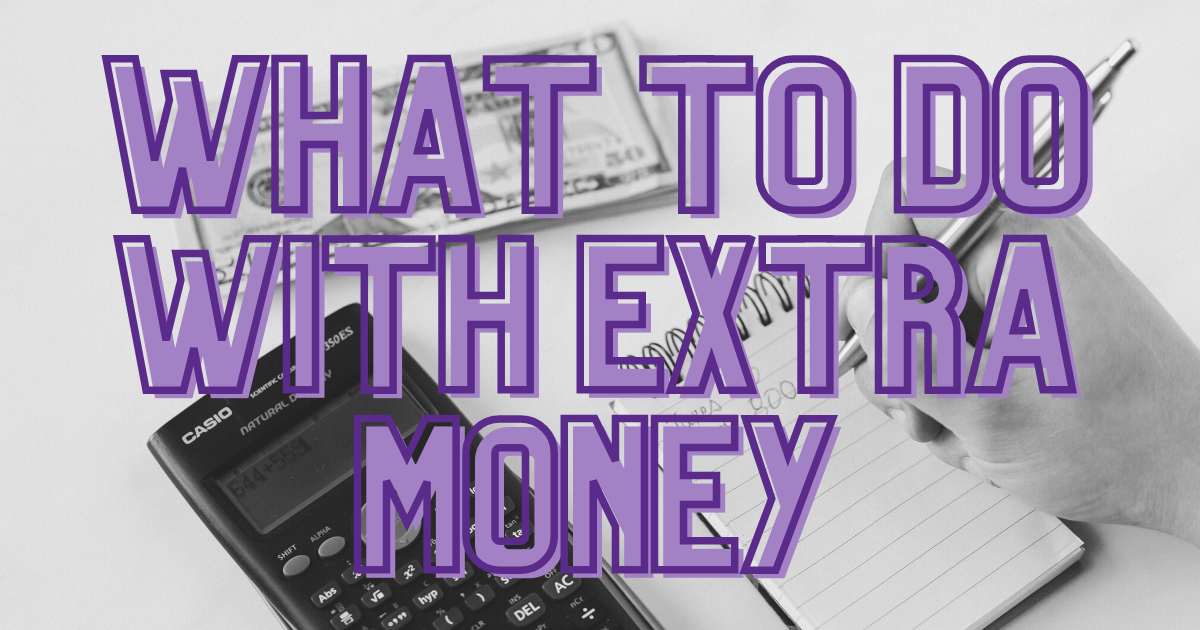Hey, Forgotten Treasure Hunter! Lost 401(k)s from Old Jobs? You're Not Alone!
ADHD is a unique ride, full of twists, turns, and unexpected detours. Your mind is always on the go, hopping from one exciting thought to another....
1 min read
David DeWitt, CFP®
:
Feb 9, 2024 3:00:00 PM
Are you ready to dive into the world of investments but feel overwhelmed by the complexity of taxes? Don’t worry, we’ve got you covered! In this post, we’ll break down the different types of investment accounts and how they’re taxed, so you can make informed financial decisions for your future.
To illustrate this, let’s imagine three buckets representing the primary ways money is taxed in investment accounts.
This bucket includes accounts like your traditional 401(k) or IRA. When you contribute to these accounts, the money isn’t taxed right away. Instead, it’s taxed when you withdraw it in the future. Putting money into a pre-tax account reduces your taxable income, offering immediate tax benefits to present-day you.
Now meet the Roth IRA or Roth 401(k). With these accounts, you contribute money that has already been taxed from your paycheck. The benefit? Once you’ve initially paid taxes on this money, it continues to grow tax-free. When you’re ready to withdraw funds in retirement, you won’t owe any additional tax. It’s like tax-free savings then!

Lastly, we have your regular brokerage accounts like Robinhood or E*TRADE. These accounts aren’t tax-advantaged like the others, which means you’ll owe taxes on any earnings. Whether it’s dividends, capital gains, or interest earned within these accounts, they’re all subject to taxation.
To help set you up for success, it’s all about tax diversification. Strive to have a mix of all three types of accounts to maximize your tax advantages. This could look like allocating a certain percentage of your investments to each bucket, such as 40% tax-free, 20% taxable and so on.
Just like you diversify your investment portfolio with different types of asset classes, diversifying your tax allocation can help minimize tax liabilities and maximize overall returns. By understanding these tax buckets and finding the right balance for your financial goals, you’ll be well equipped to navigate the world of investments with confidence.


ADHD is a unique ride, full of twists, turns, and unexpected detours. Your mind is always on the go, hopping from one exciting thought to another....

Let's start with, CONGRATULATIONS! You have a budget. You’ve stuck to it and now you have a savings account that actually has money in it. This...

3 min read
Introduction Welcome to our latest discussion on a topic that affects us all - taxes. Today, we delve into the intricate world of tax reduction,...